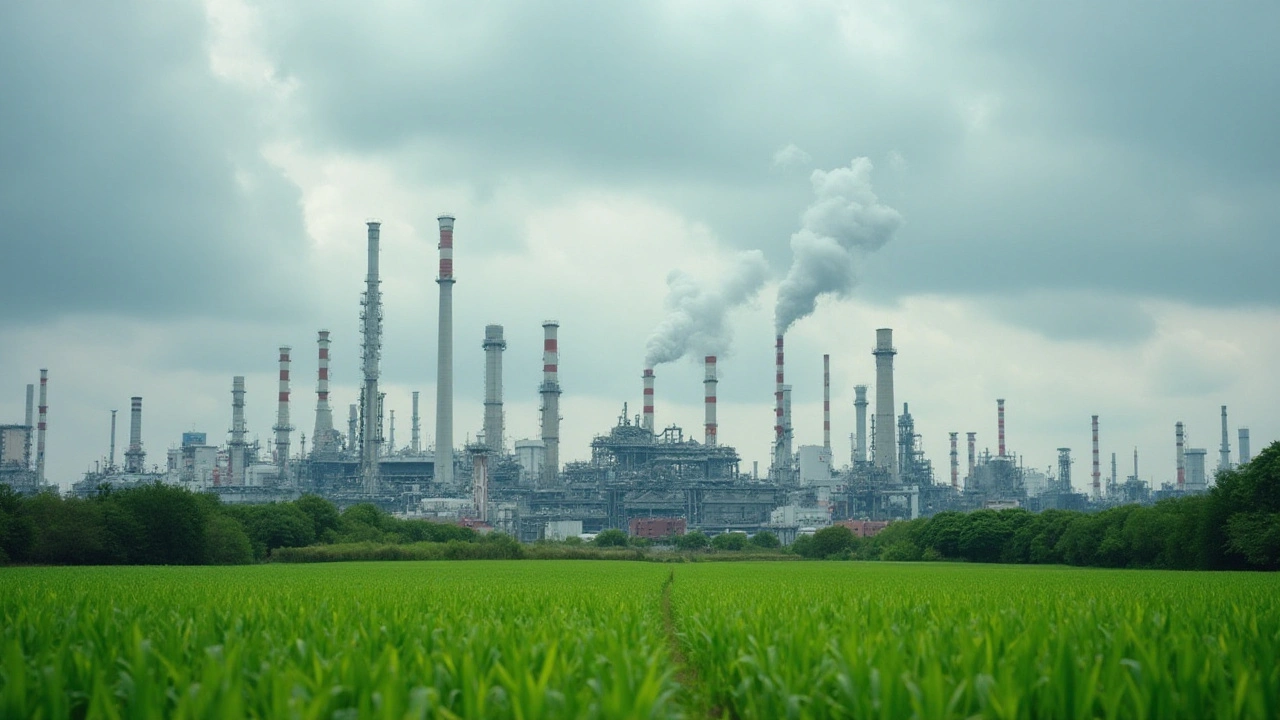Production of Medicines: How Drugs Are Made and What It Means for You
Most of what you take to feel better started in a factory, not a lab. When a medicine goes from idea to pill it passes clear steps: research, formulation, testing and large-scale production. Manufacturers mix active ingredients, add fillers, coat tablets and run quality checks. Good factories follow GMPs — good manufacturing practices — which control cleanliness, equipment and record-keeping. Those rules cut mistakes and keep medicines consistent.
Why production matters
You should care about production because it affects safety and price. A cheaply made pill might vary in strength or contain impurities. Brand-name drugs often highlight tight production controls, while many generics meet the same standards but cost less because of competition. Ask your pharmacist where a product was made, check the lot number on the package and watch for seals or tamper-evident features when you buy online.
Supply chains shape what reaches your doorstep. Active pharmaceutical ingredients (APIs) often come from other countries, get shipped to a factory that blends them, then move through distributors and pharmacies. Delays, bad storage or rough transport can damage medicines — heat and moisture are common enemies. Reliable sellers store drugs per label instructions and provide tracking for deliveries.
Counterfeits are a real risk, especially with online sellers that cut corners. Fake medicines may look real but lack active ingredient or include contaminants. To avoid them, stick to reputable pharmacies, verify accreditation when possible and be wary of wildly low prices or sellers that refuse prescriptions for Rx-only drugs. Photos and customer reviews help, but the safest move is to consult a pharmacist if you have doubts.
Production also shapes innovation. New methods like continuous processing and better coating technologies improve drug stability and reduce waste. Some companies use automated quality checks and digital records so problems are spotted fast. These advances can lower costs and speed access to newer treatments.
Buying checklist
How you use this info matters. Check batch numbers on recall lists, store meds away from heat and sunlight and don’t accept packages with broken seals. If a pill tastes odd, crumbles differently or looks the wrong color, contact your pharmacist before taking it. For chronic meds, try to stick with the same manufacturer's product to avoid subtle changes in how you respond.
Regulatory approvals matter: agencies like the FDA and EMA inspect factories and approve processes. If you see a regulator name on a product label or a pharmacy site, that's a good sign. Production choices change how a pill dissolves and how your body absorbs the drug. If you switch brands and notice differences, tell your prescriber — small formulation shifts can matter. Keep receipts, note batch numbers, and report problems so unsafe products get removed quickly.
Quick checklist before you hit buy: confirm the pharmacy's location, look for secure payment and privacy policies, read returns and expiration info, and keep receipts with lot numbers. Those few steps cut risk and help make sure the medicine you rely on was produced and handled right.

Choline Salicylate Lignocaine: A Deep Dive into Environmental Impacts of Production
Choline Salicylate Lignocaine, commonly used in medical and dental applications, can have significant environmental impacts resulting from its production. The creation of these compounds involves complex chemical processes that often lead to waste and emissions affecting ecosystems. Addressing these impacts requires a comprehensive understanding of the manufacturing processes and their ecological outcomes. This article explores the environmental footprint of these compounds, providing insights into mitigation strategies for sustainable production practices and understanding how these medications affect our surroundings.
Read More